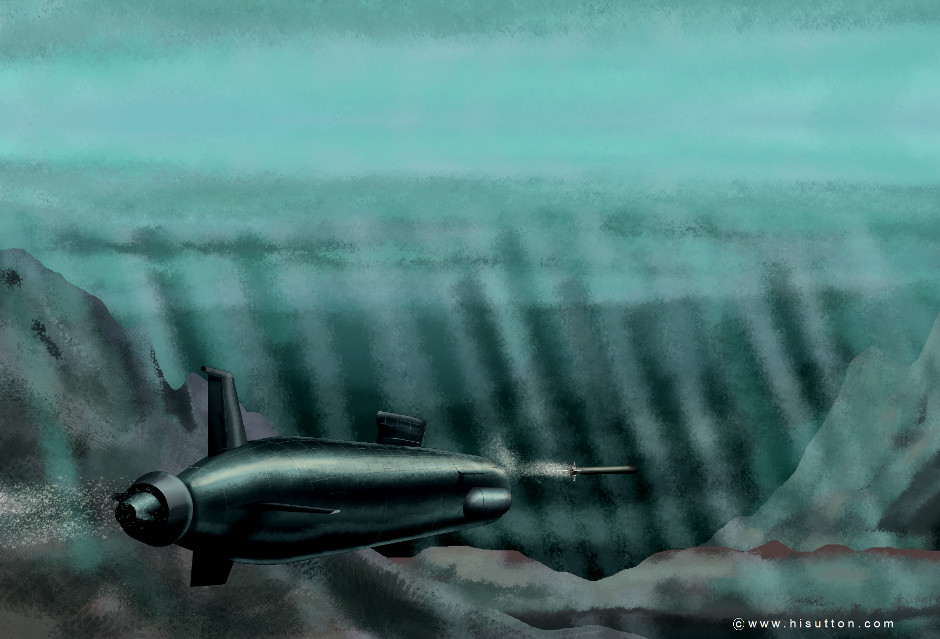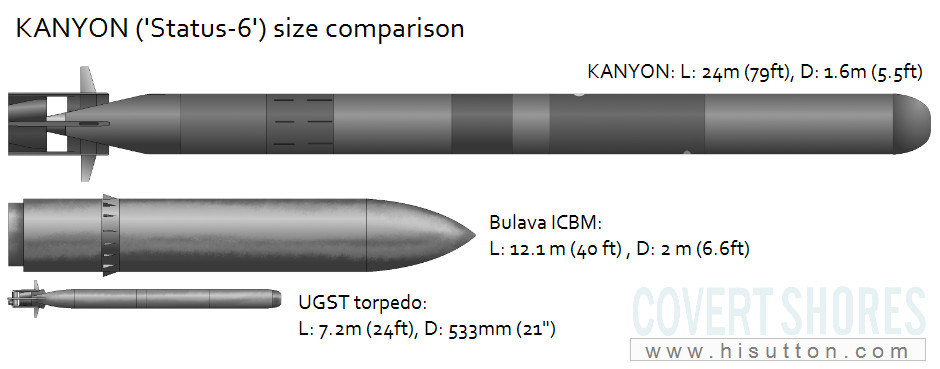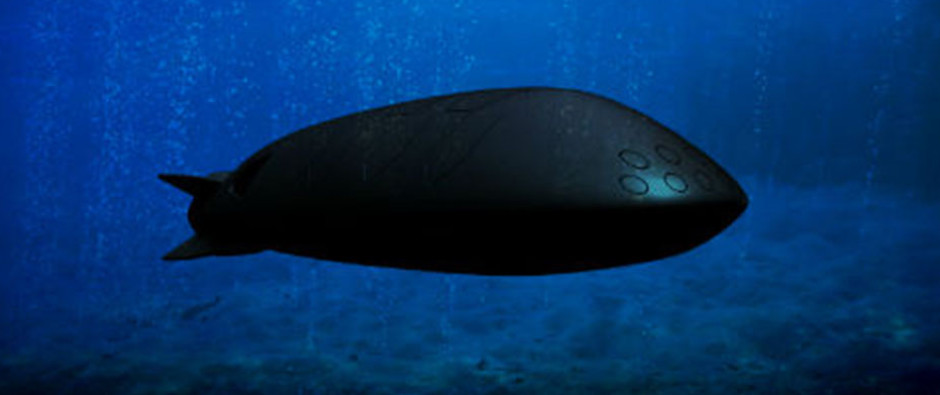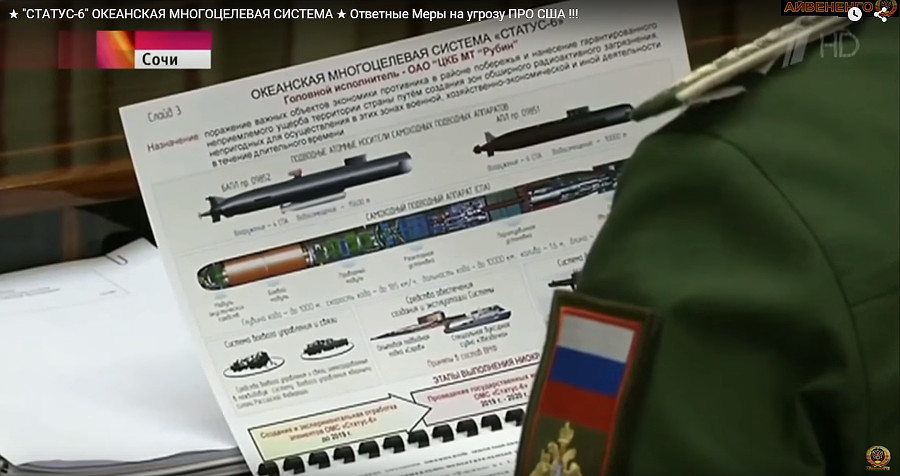I came across this and thought it would be of some interest here at TB2K, particularly among the former members of the silent service....HC
For links and images see article source.....
Posted for fair use.....
http://www.hisutton.com/Swedish_SSN.html
Swedish_SSN
Wed 12 July 2017
By H I Sutton
For links and images see article source.....
Posted for fair use.....
http://www.hisutton.com/Swedish_SSN.html
Swedish_SSN
Wed 12 July 2017
By H I Sutton
Swedish_SSN
Wed 12 July 2017
By H I Sutton
Many thanks to everybody who has helped with the research for this article, and in particular to Fredrik Granholm for masses of materials, patience and guidance.
Today, Sweden is known for its AIP (Air Independent Power) submarines. Yet Sweden was one of the first countries to pursue a nuclear powered submarine, starting development in 1957. This article summarizes the major features of the nuclear and AIP designs which were part of the journey to the conventionally powered A-11 Sjöormen Class.
The A-11 program was split into three design streams, each with a different propulsion system. The forward half of the boat would be the same, only the propulsion differed. Although they were labelled A-B-C, the order of priority was as follows:
A-11C – Closed cycle ( AIP) propulsion
A-11A – Atomic (nuclear) propulsion
A-11B – Battery (diesel-electric) propulsion
All the same the nuclear-powered A-11A should get the most attention. It was conceived at a time when it was widely expected that virtually all vessels, cars, planes and trains would be nuclear powered at some point in the future. The US Navy launched the world’s first nuclear powered submarine on 21st January 1954, followed by the first Russian NOVEMEBER Class boat on 9th August 1957. The UK and France quickly began their own nuclear submarine programs, as did Italy (later abandoned). Sweden, one of the few submarine building countries at the time, did not want to be left behind. Therefore nuclear power was considered for the next generation A-11 submarine project.
The motivation for nuclear submarines does not appear to have been under-ice operations in the Northern Baltic. Swedish submarines are not ice-hardened and are susceptible to damage if attempting to surface through ice. Instead nuclear power was seen as a possible answer to speed and endurance, allowing a relatively small submarine to quickly counter an invading (Soviet) fleet.
1956 A-11 outline
The first plans for the Swedish nuclear submarine had a hull diameter of 6.1m (20ft) and an overall length of just 42m (138ft), making it small even by Swedish submarine standards. One possibility is that, like some of the follow-on designs, this boat did not have any torpedo reloads which allowed the removal of the conventional torpedo room, thus shortening the boat and reducing crew requirements.
The highly streamlined hull and unusual rudder mounted on the aft of the fin were no doubt influenced by the USS Albacore, the design details of which Sweden was privy:
It wasn’t a straightforward copy of the Albacore however. Unlike the American boat it was single-hulled, and had very large, almost wing-like, hydroplanes on the lower hull. These were canted downwards at 15.5 degrees and had ailerons which could be used to adjust pitch (up-down) or to roll the boat, allowing it to turn faster.
The drawings lack aft control surfaces (rudders, hydroplanes), although there was a massive five blade propeller. One possible explanation for their conspicuous absence is that it would have done away with the tail surfaces altogether. Instead it would have relied upon the ailerons on the wings and rudder on the sail, possibly in conjunction with varying the pitch of the propeller to vector thrust.
1957 A-11A nuclear design
The first design with detailed plans available, the 1957 nuclear design had come some way from the 1956 outline but still featured the distinctive large ‘wings’ on the lower hull. All-moving ‘+’ form stern control surfaces were added in front of a very large variable pitch propeller in what was at the time a very advanced design (the first submarine with all-moving control surfaces and a single screw was USS Skipjack which was launched a year later in 1958!).
Specifications:
Surface Displacement 965 tons .
Length: 48.5m .
beam: 6.4m .
Crew 20
Speed 25+ knots .
Armament: 6 x 533mm (21”) torpedo tubes without reloads, 20 x 400mm (15.75”) lightweight torpedoes carried externally in a rotating magazine.
It appears that the A-11A, B and C would have all shared the same front half of the boat with only the aft half, from the sail backwards, differing. Although larger than any preceding Swedish submarine (the largest, the A-10, only being 720 tons), the A-11A was still only about a third as large as the US Navy’s Skipjack Class. This meant that the radiation shielding on the boat’s nuclear reactor compartment had to be minimized such that only the crew were protected. The sides of the reactor compartment were minimally protected meaning that the reactor could not safely be operated in port. Therefore a diesel generator would be used for maneuvering in port. Passage in the service tunnel over the reactor (to reach the machinery space aft) had to be carried out in 3-5 seconds, else the crew member could receive a lethal dose of radiation(!). And the maximum time in the engine room aft of the reactor compartment was 3.5 hours per day. These safety limits were by 1960s standards and would be even shorter today(!).
The outstanding design feature in the bow was a rotary magazine for 20 400mm Typ-41 ‘Harold’ torpedoes in the ballast tank, firing directly forward through two hatches, one either side. These were electric powered passive homing fire-and-forget anti-submarine torpedoes. Running through the center of this magazine were six fixed 533mm (21”) heavyweight torpedo tubes for Typ-27 kerosene powered torpedoes (later Typ-61 peroxide powered torpedoes). These torpedoes were wire guided (then a very new technology).
Although the 533mm torpedo tubes were reloaded from inside the submarine, no reloads were carried. This meant that compensation tanks were not needed, and the torpedo room was effectively eliminating, greatly saving space.
With the bow jam-packed full of torpedoes the sonar, both active and passive, was relegated to a ‘balcony’ array in the fin (sail), giving it a distinctive broken nose appearance which also characterized the later A-11 as built.
The large variable pitch propeller would have been able to independently vary the pitch of each blade, like a helicopter. This allowed a form of vectored thrust thus contributing to the agility of the submarine. It was probably dropped in subsequent designs because of its complexity.
Note on A-10 Class
Up to this point Swedish postwar submarine design had been largely based on the advanced German World War Two Type-XXI U-boat. Sweden had acquired one at the end of the war although they had to give it to the US, but not before having extensively studied the advanced technologies. The A-10 Hajen-III Class, which entered service between 1957 and 1960, embodied this learning and were quite modern when they entered service. At 720 tons they were also the largest submarines built in Sweden, but still small on the world stage.
Although Sweden was sucking in German and US design influences, the focus on small submarines and reducing crews had led Swedish engineers to be quite innovative and independently minded. For example Sweden had already implemented a revolving torpedo magazine in the A-10:
1958 A-11A nuclear design
This design was even smaller at only 660 tons, but was in many respects similar to the previous 1957 design. The torpedo load was the same. The variable pitch propeller was replaced by a much smaller fixed screw.
Specifications
Surface displacement: 660 tons
Length: 43.5 m
Hull diameter: 5.6 m
Power: 4,000 shp at 200 rpm.
Armament: 6 x 533mm (21”) torpedo tubes without reloads, 20 x 400mm (15.75”) lightweight torpedoes carried externally in a rotating magazine.
Project NEPTUNE – nuclear power plant
The 5,000 shp nuclear reactor and machinery was to be developed under a joint venture by the main Swedish shipyard, Kockoms AB, and Stal-Laval AB (together the NAVALATOM group) as Project NEPTUN. The installation was intended primarily for surface ships (both civilian and military) with submarine installation as a convenient reuse. Therefore the Naval Department oly funded a third, and the whole project was UNCLASSIFIED.
In those days Kockums was a large shipbuilder known for tankers and other large cargo-vessels, with submarine building as a small "side business". This was the early era of the "atomic age" and it was believed that soon all larger vessels would be nuclear propelled - and Kockums wanted to be on the forefront.
Notes on A12 & A13 Classes
Due to the long development time of the advanced A-11 project, two interim submarine designs were commissioned. The A-12 was a direct follow-on to the A-10 with the same bow section with rotary torpedo magazine, wedded to a new stern with a single screw and ‘+’ form control surfaces. The smaller A-13 design was a radical rebuild of the World War Two A4 ‘Kustbatar’ Class, with a sonar array in the bow, new fin (sail) and completely new aft section.
The A12 also featured an extremely large slow-turning screw, similar to the early A11 concepts, except that it was not variable pitch. Note that it would have broken the surface when the submarine was running on the surface:
Similar to the A-11A designs above, the smaller A-13 class were fitted with a 10 round 400mm torpedo magazine. But this was in the aft ballast tank, firing outwards at an angle. The A-12 was also designed to receive this feature but it was never fitted.
The external 400mm torpedo magazine was not very successful. There where maintenance problems with the complex mechanical, electrical and hydraulic installations inside a ballast-tank. This meant almost constant electrical isolation problems. Additionally, the configuration was not suited to the next generation of Swedish lightweight anti-submarine torpedoes which would be wire-guided torpedoes - during the 1970-ies all Swedish torpedoes where becoming wire-guided.
1962 A-11A nuclear design
By 1962 the distinctive rotary torpedo magazine in the bow had been replaced by a much more conventional layout with four 533mm torpedo tubes and two 400mm tubes. Four 533mm reloads could be carried as well as sixteen 400mm weapons.
The boat already had the equal-diameter main hull sections which were being adopted in upcoming US Navy nuclear attack submarines, and had the advanced ‘X’ form control surfaces then being tested on USS Albacore.
Specifications
Surface displacement: 1170 tons
Length: 51.2 m
Hull diameter: 6.04 m
Power: 7,000 shp at 150 rpm.
Armament: 4 x 533mm (21”) torpedo tubes with a total of 8 torpedoes, 2 x 400mm (15.75”) lightweight torpedo tues with 16 torpedoes.
Crew: 21
The nuclear powered A-11A concept was dropped in 1962 for a number of factors, including political pressure and a growing skepticism towards nuclear technology (and especially nuclear weapons). Starting in 1960 US Navy ballistic missile submarines armed with Polaris SLBMs were stationed near Swedish waters with full knowledge of Swedish officials (this was later discontinued as new SLBMs provided greater ranges, thus allowing more distant operating areas). Sweden also had a far reaching and well advanced tactical nuclear weapons program at the time which was also dropped. One byproduct from the A-11A’s reactors was to have been plutonium for these nuclear weapons...
A-11C AIP design
The main A-11 design had actually been the Air Independent Propulsion A-11C design. AIP had been pioneered in Germany in World War Two with the focus on making the submarine much faster underwater than relying on battery power. Development, mainly using Hydrogen-peroxide, continued in the 1960s in Britain and the US as an alternative to nuclear power, and Russia actually fielded a whole class of small AIP submarines (the QUEBEC Class).
The closed-cycle engine, developed by Motala Verkstäder" and Kockums AB, was to run on alcohol and oxygen, carried in a large liquid oxygen (LOX) tank behind the engine. This tank had a small hole through the middle for the drive shaft and a wrap-around compensation tank which would be filled with water as the LOX was drained to maintain the same displacement. A small crawl passage led to the machinery space in the rear.
The A-11C was ready for production but it was considered too noisy and too dependent on shore-based support facilities for supply of LOX in wartime. Quietness was only just being recognized as a critical factor in submarine warfare (hearing the enemy before they hear you is critical), but Sweden was privy to this discovery by the Royal Navy and US Navy – the Soviets took another ten years to really appreciate this. Therefore the alcohol-LOX AIP plant was discarded in the 1960s.
When the alcohol-LOX closed-cycle machinery was discarded (mainly for noise issues) much more advanced fuel cells were considered. This technology is more similar to some modern AIP systems, although not the Stirling engines used on Swedish boats today. Swedish company ASEA pushed for fuel-cells on A-11C and built a full scale working prototype fuel call machinery. But the day before it was to be demonstrated for the Naval staff it caught fire. This was the end of the AIP concept..
A11B conventional design
All the different propulsion developments had by then cost an enormous amount of money for Sweden so the A-11 design switched to the fallback concept of a conventional diesel-electric boat, the A-11B. This entered service as the Sjöormen Clas in 1968, about 8 years before the nuclear powered boat would have been ready had it been pursued.
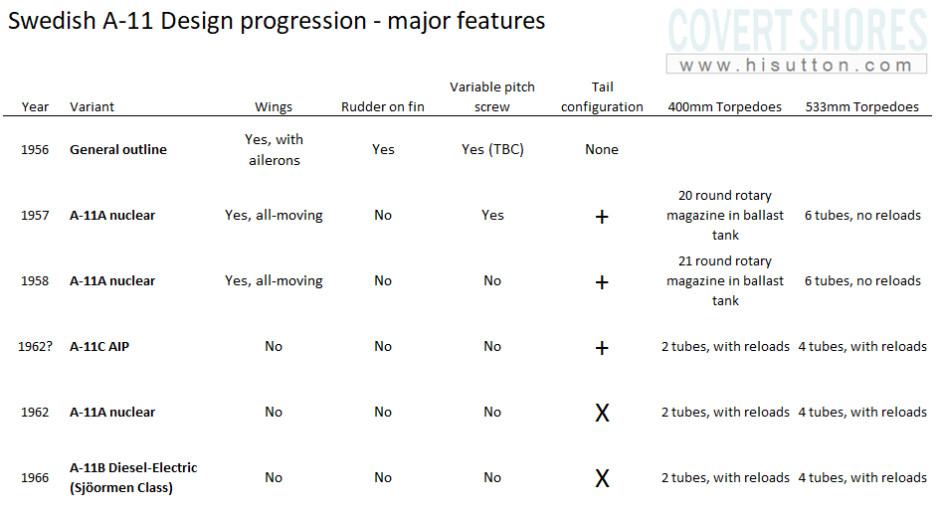
http://www.hisutton.com/images/A11_table.jpg
Related articles
TorpedoSEAL Diver Propulsion Device
World survey of AIP submarines
Barbel Class - the last front-line diesel boats int the US Navy
Stalin's Super Sub, Project P-2
WW2 German Delfin midget submarine with AIP
Analysis of Swedish submarine incursion- Luleå 1983

